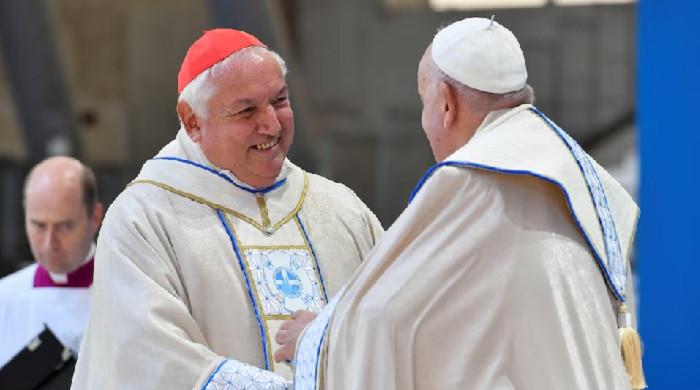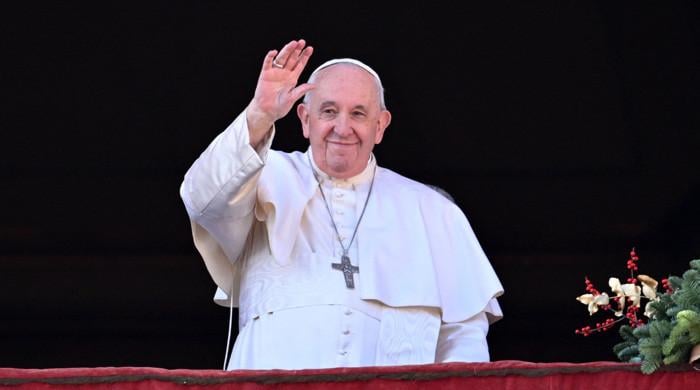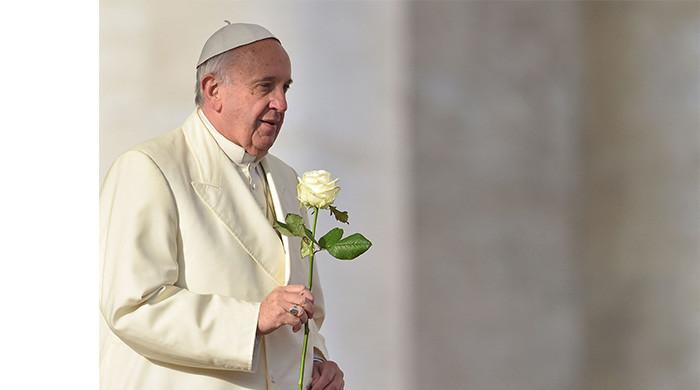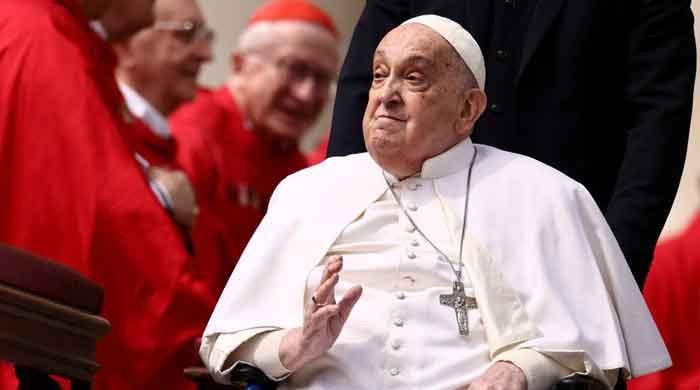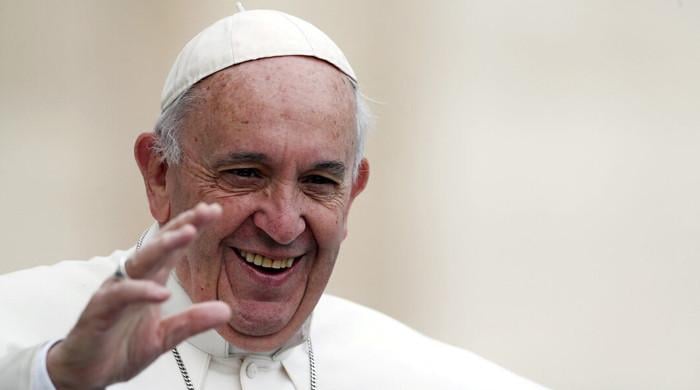Pope Francis: Key moments from his life
Jorge Mario Bergoglio was first non-European pope in 1,300 years; struggled to address sexual abuse issue
April 21, 2025
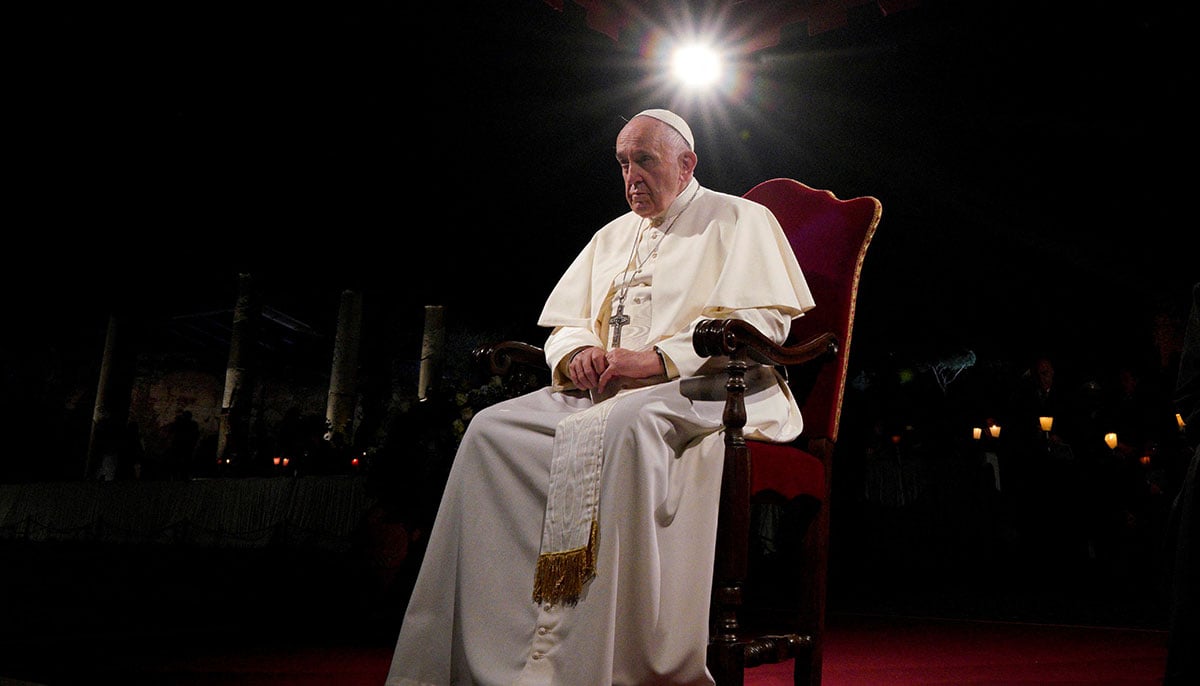
VATICAN CITY: Pope Francis, the first Latin American leader of the Roman Catholic Church, passed away at the age of 88 on Monday after recently surviving a serious bout of double pneumonia.
Francis was elected pope on March 13, 2013. His death, marking the end of a rather turbulent reign, comes a day after he made his first prolonged public appearance since being discharged on March 23 from a 38-day hospital stay.
With reactions pouring in from world leaders, let's reflect on some key moments from his life.
— Jorge Mario Bergoglio was born on December 17, 1936, in Buenos Aires, Argentina, of Italian immigrant stock. He was ordained a priest in the Jesuit order in 1969. From 1973-79 he was the order's top leader in Argentina. Later he became an auxiliary bishop of Buenos Aires in 1992 and the city's archbishop in 1998. He was made a cardinal in 2001 by Pope John Paul II.
— Surprising many observers of the Roman Catholic Church, Bergoglio was elected pope at a conclave in March 2013 following the resignation of Pope Benedict. He chose to be called Francis in honour of Saint Francis of Assisi, emphasising a commitment to poverty, peace, and care for the environment.
— He was the first non-European pope in 1,300 years, the first from Latin America and the first Jesuit to hold the post. Jesuits are known for their commitment to education and social justice, including working with the poor and marginalised.
— He shunned many of the traditional trappings of the papacy, preferring to live in a modern Vatican guest house rather than the grand papal apartments in the Apostolic Palace. He pared back the papal wardrobe, wore a plastic watch and chose to be driven around in a simple family car.
— He soon clashed with conservatives, who were unhappy with his informal style from the start. They baulked at his calls for the Church to be more welcoming to LGBT people and divorced Catholics and at his clampdowns on the use of the traditional Latin Mass.
— Francis made 47 trips outside of Italy, visiting more than 65 states and territories, clocking up more than 465,000 km (289,000 miles). However, he never returned to Argentina.
— He initiated changes within the Vatican, emphasising transparency, accountability and financial reform, and appointed more women to senior posts in its hierarchy. However, he was also viewed as a haphazard leader, often blindsiding Vatican officials with his off-the-cuff comments and unpredictability. Despite many efforts, he struggled to get a grip on the Church's crisis over sexual abuse by clerics.





